It features prominently at this year’s Grafton-curated Venice Biennale, held up as a historic example of “freespace” in the central pavilion: the mythic Maison du Peuple (1936–39) in the Parisian suburb of Clichy-la-Garenne, a transformable box of tricks built by architects Eugène Beaudoin and Marcel Lods, with help from engineer Vladimir Bodiansky and designer/manufacturer Sc Jean Prouvé, who produced many of the all-metal building’s prefabricated parts. But now Docomomo France has published an open letter—signed by prominent figures such as Mario Botta, Jean-Louis Cohen, Kenneth Frampton, Herman Hertzberger, Kengo Kuma, Jack Lang (the former French culture minister responsible for the building’s 1983 listing as a historic monument), Robin Middleton and Mark Wigley—protesting insensitive redevelopment plans to build a 315-foot-high tower bang on top of this precocious example of hi-tech Modernism.
Unloved and misunderstood for decades, and essentially abandoned despite partial restoration at the turn of the millennium, the Maison du Peuple has long been a headache for mayors of Clichy-la-Garenne. The current incumbent, Rémi Muzeau (of rightwing party Les Républicains), saw his chance in 2016 when “Inventons la Métropole du Grand Paris” was launched: inspired by the 2014 “Réinventons Paris” campaign, it put difficult sites in the Paris region up for grabs, inviting developers to join forces with architects to propose innovative and financially viable redevelopment programs for them. The winners in Clichy—whose vanquished rivals included a project by Shigeru Ban—are French architect Rudy Ricciotti and developer Duval, who propose turning the restored Maison du Peuple into a food hall cum mini-offshoot of the Centre Pompidou, with a “braided” concrete tower of luxury apartments and hotel accommodation rising above. To build the tower’s foundations, the Maison du Peuple’s rear will have to be partially destroyed, despite the historical interest of its curtain wall, the very first example in France, which takes the form of clip-on sheet-steel/mica-asbestos sandwich panels designed and manufactured by Prouvé. The project would also require digging out a car park underneath the Maison du Peuple.
Besides the potentially disastrous damage to the building’s structural integrity that these interventions could entail, Docomomo fears a dangerous precedent will be set if Ricciotti’s project is allowed to go ahead—what is the meaning of historic-monument protection if a site’s aesthetic and programmatic integrity can be so blithely ignored? And while obsolescing buildings must obviously adapt if they are to survive, there seems to be a political dimension to the decision made in Clichy: surely it’s no accident that this “people’s palace,” a monument to the social policies of the Front Populaire (the short-lived leftwing coalition which introduced paid vacation for French workers), should be subject to naked, aggressive gentrification of the most trite and uninspiring kind.
At the time of writing, the Duval/Ricciotti project has already cleared the first planning hurdle: local zoning has been reconfigured so that the site is now considered “peripheral” (it is of course nothing of the sort), meaning that, subject to impact studies, height restrictions can be waived and a tower constructed there. The next stage, after ground surveys have been carried out, is filing of the planning application, probably this fall. If public opinion mobilizes sufficiently over the coming months, this highly questionable project can still be stopped.
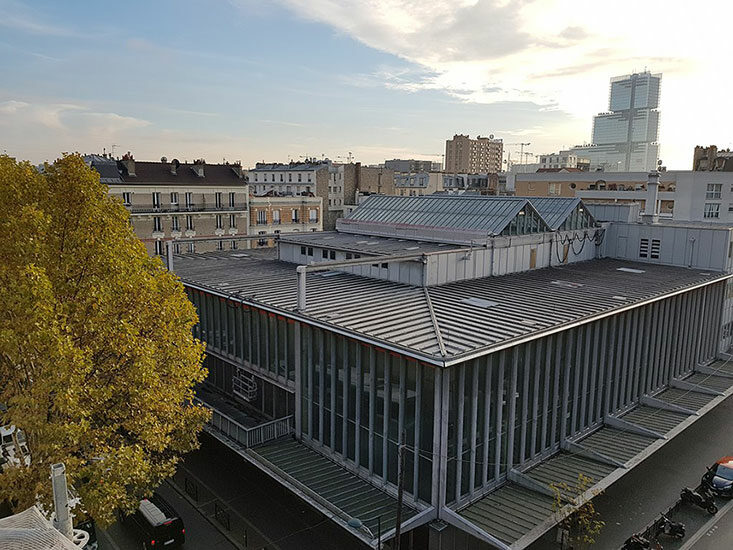
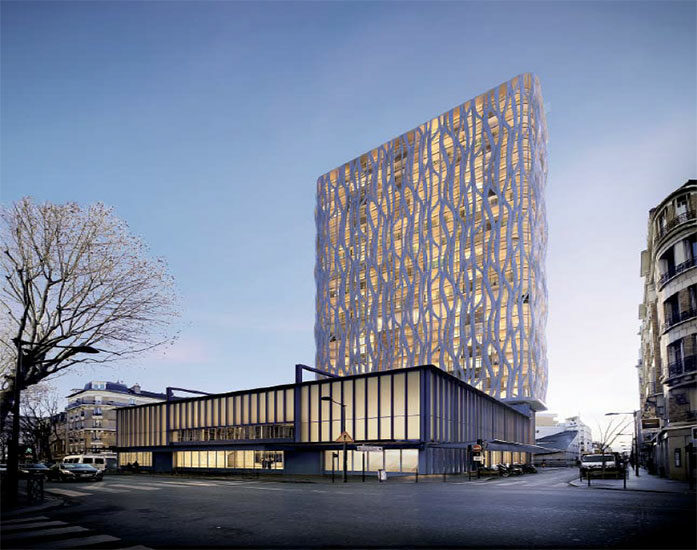
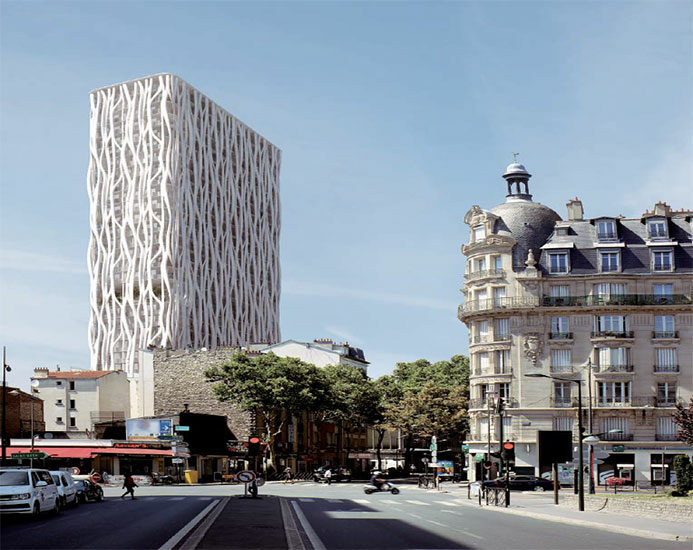


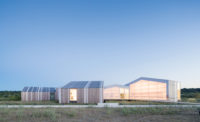
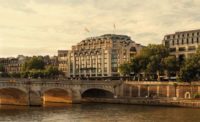
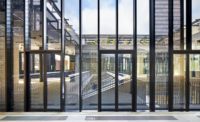
Post a comment to this article
Report Abusive Comment